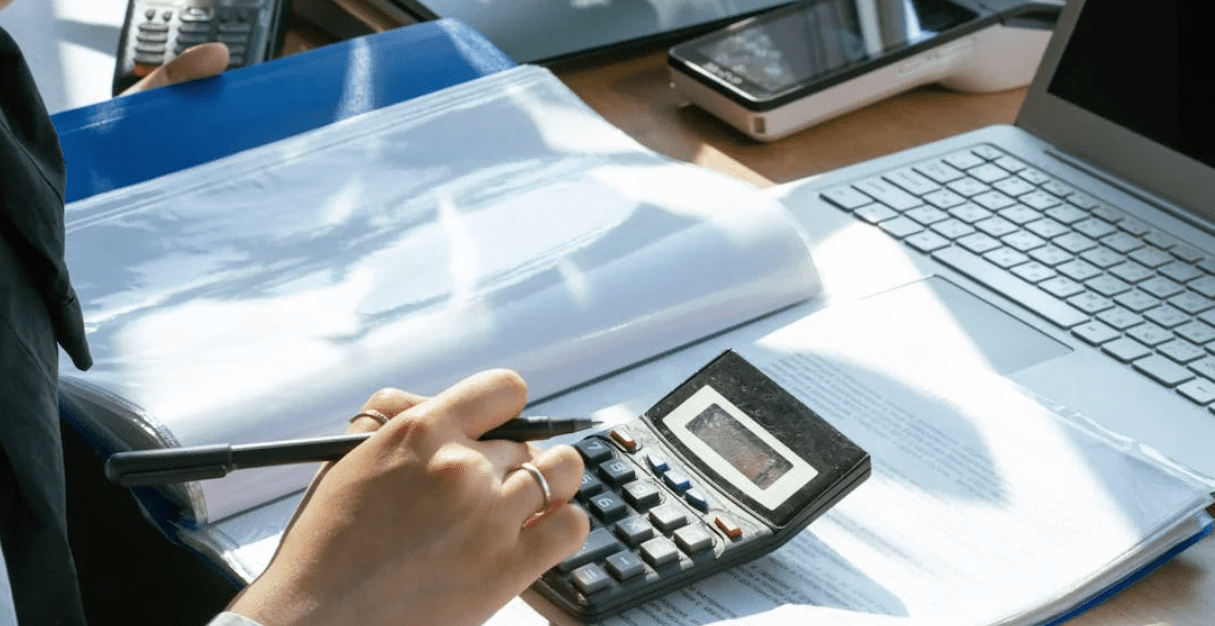Mastering the Lease Ledger: A Landlord’s Essential Tool
Mastering the Lease Ledger: A Landlord’s Essential Tool
Blog Article
Lease Ledger Guide: How to Track Tenant Payments Efficiently
Monitoring tenant funds is one of the most critical areas of home management. Whether you are managing a small number of homes or a comprehensive portfolio, maintaining an accurate lease ledger guarantees financial visibility and simplifies payment tracking. But managing tenant payments successfully takes a well-structured approach. Here is a brief information to getting hired right.

The Significance of a Lease Ledger
A lease ledger is essentially a financial report that tracks book obligations, safety deposits, late charges, and different tenant transactions. It serves as a central repository for all monetary interactions between landlords and tenants. Without an adequately maintained ledger, property managers chance miscalculating income, overlooking overlooked payments, or making disputes with renters. An arranged lease ledger assists eliminate these dangers while sustaining professionalism.
Tips for Effectively Checking Tenant Funds
1. Use Technology for Accuracy
Handbook record-keeping may benefit just one home, but as the amount of items develops, it becomes impractical. Leveraging electronic methods or easy spreadsheet templates can significantly increase accuracy. These tools frequently enable you to automate repeating rent obligations, make pointers for delayed amounts, and create studies instantly.
2. Create a Consistent Framework
A lease ledger should follow an obvious and consistent format. At least, your ledger should include:
• Tenant titles
• Due dates
• Quantities compensated
• Excellent balances
• Notes for any additional costs (e.g., preservation costs or late charges)
Standardizing these details guarantees every history is uniform and easy to interpret.
3. Check Payment Position Regularly
Examining your lease ledger usually guarantees you remain along with late payments and may tackle potential issues early. Set aside time every month to reconcile funds obtained against what's noted in your ledger. That practice also helps in determining trends, such as for example regularly late-paying tenants.
4. Keep in touch with Tenants Clearly
Exact files suggest little if tenants aren't knowledgeable of the cost obligations. Deliver reminders for impending book due times or upgrade them on any outstanding balances. Apparent connection minimizes misconceptions and encourages regular payments.
5. Record Every thing
Every payment made, whether partial or whole, must certanly be reported instantly in the ledger. Monitoring every deal guarantees both parties have a guide position in the event of disputes. Actually little details, such as waived late fees or adjusted obligations, must be joined into the record.

Final Thoughts
An effective lease ledger not merely simplifies tenant payment management but in addition provides reassurance for landlords and house managers. By integrating obvious structures, leveraging digital tools, and sustaining accurate records, you can begin a smooth process that decreases errors and forms better tenant relationships. Begin handling your payments greater nowadays and collection the inspiration for long-term economic stability! Report this page